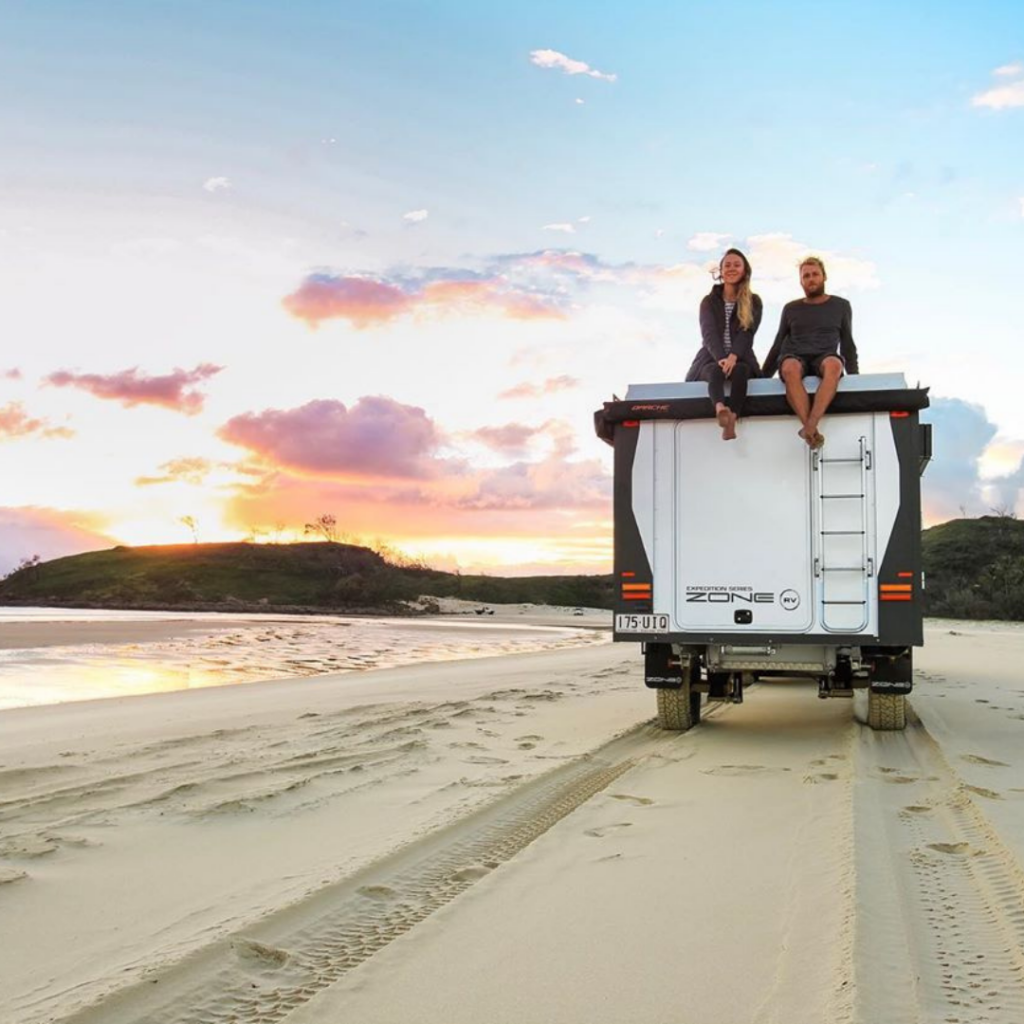
ESSENTIAL CARAVAN BUYING GUIDE
Are you dreaming of picking the perfect caravan; can you picture yourself cruising along iconic coastal roads, admiring your rig in the rear or side mirror? Or perhaps you’re imagining your caravan park set-up, making memories around a fire that you already know you will cherish forever. No matter the yearning, the purchase of a caravan is significant – emotionally and financially; naturally, you must also consider the safety of you and your travel companions. A caravan buying guide is just what you need!
When it comes to buying a caravan, there are a lot of things to consider. Before you sift through thousands of types of caravans online, review the below information. Once you’ve answered these eight questions, you will know the fundamental requirements of your ideal van.
Note, the below assumes you have already established your budget and number of berths.
Tow vehicle
1. What is my tow vehicle’s towing capacity?

This should always be the first and foremost question in your head when buying a caravan. Forget the budget and everything else, because you need to know what ballpark you’re playing in when it comes to the towing capacity of your vehicle. Otherwise, you could end up needing to buy a whole new tow vehicle, potentially bringing your $60,000 purchase to $140,000 very quickly. Know this number and ensure you stick to it when researching.
Weight
2. Does this caravan fit within my vehicle tow capacity?
Leading on from point one, when buying a caravan be specific when asking questions and make sure you know the difference between ATM, TARE and Payload weights. Are these terms confusing? See the diagram below for a breakdown of caravan weights.

Ball weight
3. Does this caravan fit within my vehicle tow ball weight?
This part is sometimes forgotten by customers. Be sure to double-check the ball weight is within your tow vehicle’s capacity. However, remember that the tow ball weight is dynamic. This will change depending on how a caravan is loaded. The key here is to determine your vehicle’s tow bar rating, avoid heavily front-loading weight in a van and buy a portable ball weight scale. Ignoring this will run the risk of poor towing, excess fuel consumption and serious safety concerns.
Purpose
4. Where am I taking this caravan?

Tourer versus off-road. Ask yourself, will I take my caravan in extreme off-road conditions or sealed roads and some dirt tracks? This decision will impact the weight, construction and cost of your caravan. It’s true that you can always use a heavy-duty off-road van on sealed roads but not a tourer on extreme off-road conditions. However, the added weight and expense might not be necessary for you.
Construction
5. How is the caravan manufactured?

Research your manufacturer. This may seem obvious, however, with 150+ caravan brands in Australia, it’s important to know what processes and materials are used for your chassis, body structure, and suspension. Find out what capability you need (as explored above) and ensure the caravan’s quality meets your expectations (explored below).
Chassis
A chassis is a structural frame holding a caravan’s body, typically connected to the coupling, jockey wheel, suspension components and other integral features. Chassis vary in steel grade, size, weight, coating, and welding. The heavier the caravan, the stronger the chassis needs to be. So if you’re considering a tough off-road caravan, you need to ask the right questions about your chassis build and materials quality.
Suspension
If you’re hoping your caravan will make it across the Gibb River Road or look forward to the simple pleasure of sipping a full-brimmed coffee while towing, you will need a quality suspension system. Effective suspension systems make towing smoother, quieter, cheaper and safer.
For caravan trailers, the suspension is the same as automotive equivalents, including two main components – springs and shock absorbers. The longer the trailer is when compared to the tow vehicle, the more sophisticated the suspension dynamics must be. The same can be said for the conditions. Off-road vans require a more robust suspension to avoid damage to components caused by rugged conditions. Make sure you continue to do your research into the right fit for your caravan’s needs. There are various suspension systems available in Australian caravans today. These include:
- Leaf spring
- Tandem suspension
- Independent trailing arm
- Trailing arm air suspension

Body structure
The main caravan structures you will be choosing between are –
- Traditional timber frame and aluminium cladding walls (also known as stick and tin); versus
- Contemporary aluminium frames and composite panel walls.

Of all the caravan construction debates, this one might be the most divisive. Australian manufacturers using timber frames will generally argue they are lighter, more flexible and cheaper; a favourite for generations. However, timber construction can be prone to water damage, and can compromise strength and durability. Aluminium frames are generally stronger, longer-lasting and easier to repair. The aesthetic appeal is a subjective choice – some like the sleek European style of the composite panel and others like the traditional “tougher” look of aluminium cladding.
Sleeping
6. How do I want to sleep?
Regarding the main bed, the options are plentiful. As with a lot of the aforementioned factors, the key is knowing the use of your caravan. If you’re intending to use it for weekend getaways and school holidays, the bed may be less important than storage or kitchen. However, if you’re doing a lap of the map, the place where you catch your evening z’s might be of the utmost importance. Expect to choose between:
- Size: Double, Single, Bunks
- Position: North/south or east/west
- Style: Double island, dinette conversion

For ultimate comfort, you can’t go past a north/south facing double island bed. However, understand that you will sacrifice space to allow for walkways. For the no-frills traveler, a dinette conversion maximises space. This option allows you to use the space as a dinette for eating or relaxing during the day, and converts to a bed at night; usually using components from the dinette table and cushions. However, this option can be less comfortable and requires you to set up the bed each evening.
Dimensions
7. Is this van the right size?
This might seem obvious, however, when buying a caravan be sure to ask the right questions about the caravan’s length, width and height. The key is to check for “overall” measurements when researching. “Overall” will mean you’re provided with the entire length including the draw bar, and height including any air conditioning units. This research will be the difference between fitting the caravan in the shed and having to build a new shed.
Towing
8. Do I feel comfortable towing the caravan?
If you combine the length of a longer caravan plus your tow vehicle you could be towing a rig of over 13 metres. Cornering, reversing, and towing in general, can be extremely difficult. Ask for a tow test from your dealership or make your contract at the show “subject to test tow”. There are also helpful groups that provide tow courses around the country.

After you have considered the top attributes to look for in a caravan, there are universal points you should consider before you pick your manufacturer and dealer.
Share your thoughts and tips with us on social media or in the comments section below!



